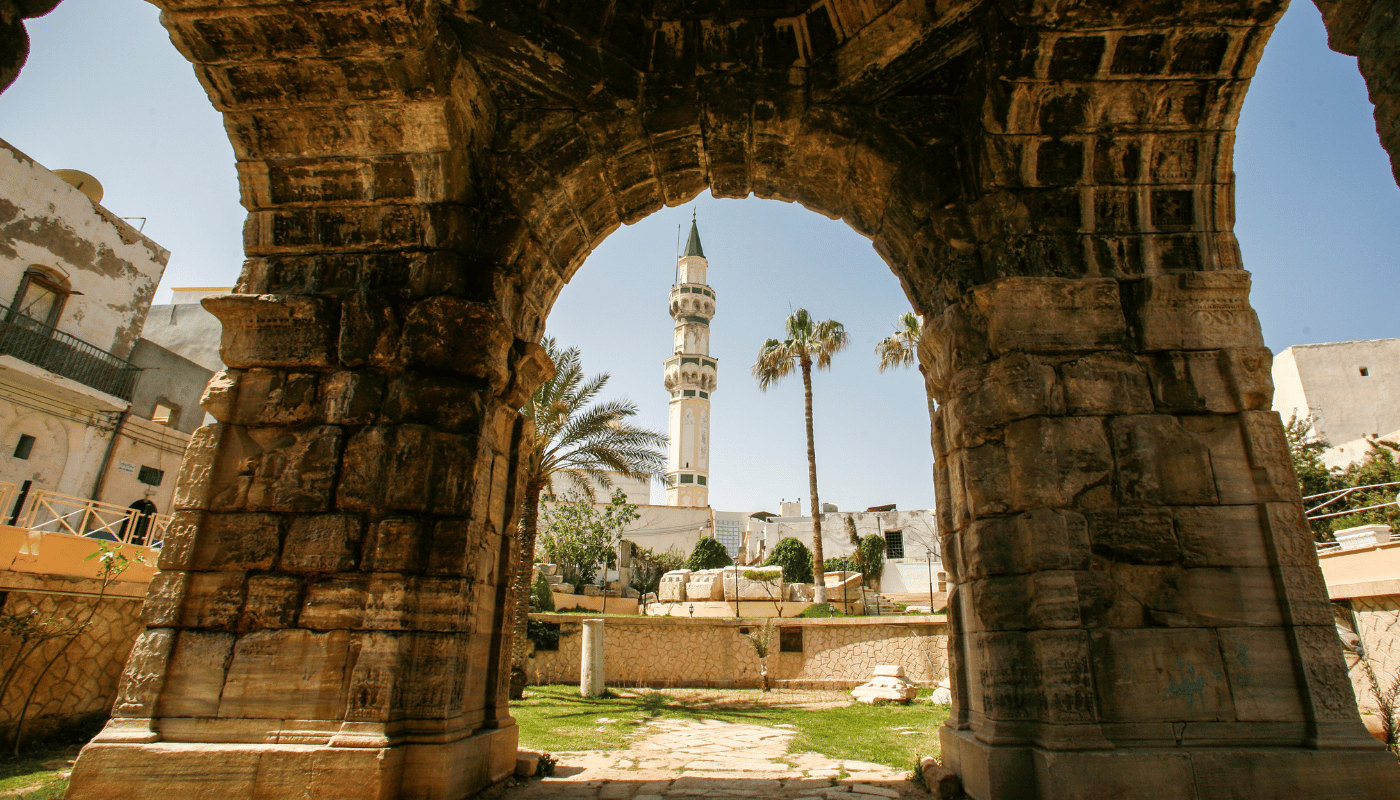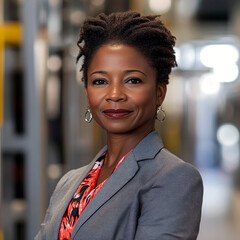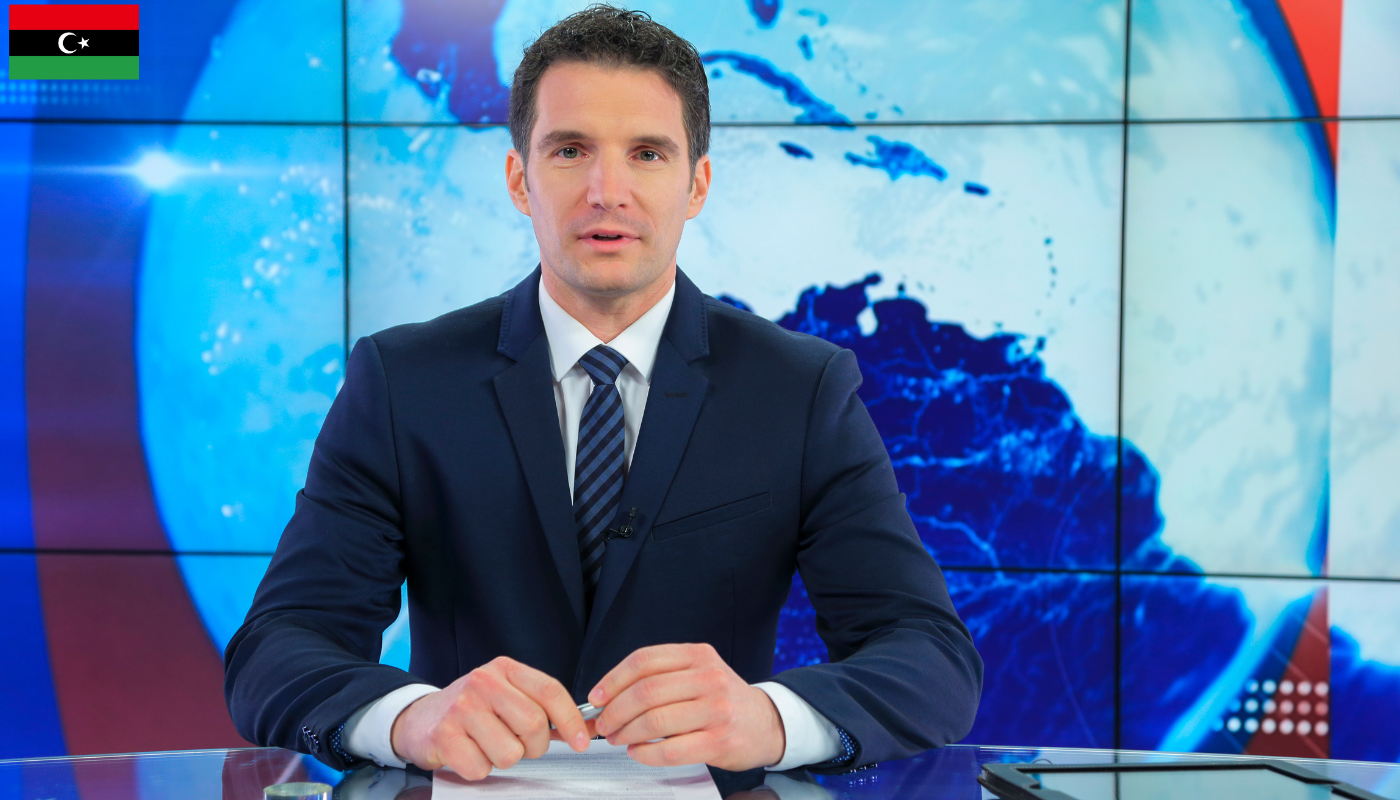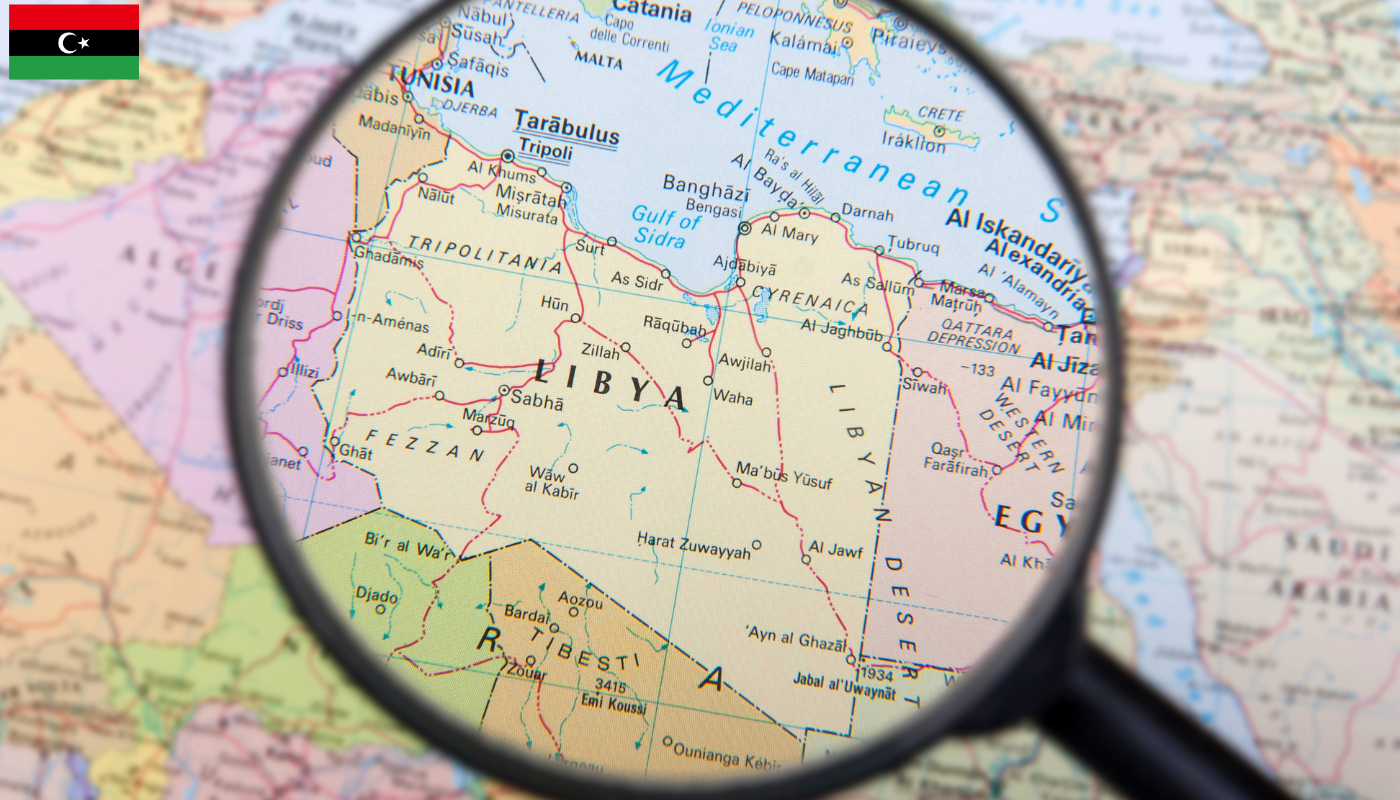Have you ever wondered what language is spoken in the crossroads of civilizations, Libya? This North African nation, rich in history and culture, communicates in a linguistic tapestry that tells the story of its diverse heritage and influences. Unravel the linguistic mysteries of Libya, from its official language to the dialects that echo through its bustling markets and serene deserts. Join us as we explore the languages that shape the identity of this fascinating country.
Official Language of Libya
The official language of Libya is Arabic, serving as the primary medium of communication, education, and government operations. This linguistic uniformity plays a pivotal role in shaping the cultural and social landscape of the country. Arabic in Libya is not just a means of communication; it is an integral part of the nation’s identity, reflecting its rich history and traditions. This North African country, with its diverse heritage, has Arabic at its core, connecting its people across different regions.
Libyan Arabic, a dialect of Arabic, is widely spoken and varies slightly from region to region, enriching the cultural tapestry of Libya. Besides Modern Standard Arabic, which is used in formal settings such as media and education, these dialects offer a glimpse into the local customs and ways of life. Although Arabic is the lingua franca, Libya’s demographic diversity is also marked by the presence of other languages. Berber (Amazigh) languages, albeit not officially recognized, are spoken by a significant portion of the population, particularly in the more remote regions of the country.
The emphasis on Arabic has implications for national unity and identity, but it also highlights the importance of linguistic diversity and the need to preserve indigenous languages. In the context of globalization, safeguarding these languages becomes crucial for maintaining cultural heritage and ensuring the representation of all community voices in Libya.
| Language | Classification | Regions Spoken |
|---|---|---|
| Modern Standard Arabic | Semitic | Nationwide |
| Libyan Arabic | Semitic | Widespread in urban and rural areas |
| Tamazight (Berber) | Afro-Asiatic | Nafusa Mountains, Zuwara |
| Tebu | Nilo-Saharan | Southwest Libya |
| Tuareg | Afro-Asiatic | Saharan regions |
Exploring the Linguistic Landscape of Libya
Libya, a country with a rich tapestry of history and culture, speaks a language that is as diverse and intricate as its past. The primary language spoken in Libya is Arabic, specifically the Libyan Arabic dialect. This dialect is distinct from Modern Standard Arabic, the formal version taught in schools and used in media across the Arab world. Libyan Arabic is characterized by its unique pronunciation, vocabulary, and grammar, making it a fascinating subject for linguists and cultural enthusiasts alike.
However, Libya’s linguistic diversity does not end with Arabic. The country is also home to several Berber languages, which are spoken by the indigenous Berber communities scattered across its vast landscapes. These languages, including Nafusi, Ghadames, and Tamahaq, reflect the rich cultural heritage and history of the Berber people in North Africa. Additionally, Tebu and Tuareg languages are spoken by minority groups in certain regions, adding to the country’s linguistic mosaic.
The influence of Italian and English can also be seen in the Libyan linguistic landscape, a remnant of Libya’s colonial past and its ongoing engagement with the global community. These languages are primarily used in the realms of education, commerce, and international relations. The presence of multiple languages in Libya is a testament to its complex history, cultural diversity, and the adaptability of its people.
Further Insights into Libya’s Linguistic Diversity
Delving Deeper into the Berber Languages of Libya
| Language | Region | Speakers |
|---|---|---|
| Nafusi | Western Mountains | Approx. 200,000 |
| Ghadames | Ghadames City | Approx. 10,000 |
| Tamahaq | Southern Desert Regions | Unknown |
| Tebu | South-Eastern Libya | Approx. 30,000 |
| Tuareg | Sahara Desert Regions | Unknown |
Libya’s linguistic diversity is a vivid illustration of its multifaceted identity, shaped by centuries of migration, trade, and conquest. The dominant presence of Arabic, alongside the preservation of Berber, Tebu, and Tuareg languages, underlines the importance of language as a carrier of cultural identity. Meanwhile, the influence of Italian and English points to Libya’s historical connections and its ongoing interactions with the wider world. Understanding this linguistic diversity provides invaluable insights into the social fabric and cultural dynamics of Libya.
Regional Languages and Dialects
Libya, a country with a rich tapestry of cultures and histories, speaks a variety of languages and dialects that reflect its diverse heritage. Arabic is the official language of Libya, with Modern Standard Arabic used in formal contexts such as education, media, and written communication. However, the spoken language is predominantly Libyan Arabic, a dialect that varies significantly across different regions of the country. These regional dialects not only serve as a means of communication but also as a marker of identity and cultural heritage.
In addition to Arabic, several other languages are spoken by various ethnic groups within Libya. Berber languages, particularly Nafusi, Tamazight, and Tuareg, are spoken by the Berber communities in the Nafusa Mountains, Zuwara, and the southern desert regions. Tebu languages are spoken in the southeastern part of the country, reflecting the linguistic diversity of Libya’s Sahara region. Despite the dominance of Arabic, these languages and dialects play a crucial role in the social and cultural fabric of Libyan society, embodying the country’s multicultural identity.
While the official language policies of Libya focus on Arabic, there has been a growing recognition of the importance of preserving and promoting these regional languages and dialects. Efforts to document and study these languages are crucial for understanding Libya’s ethnolinguistic diversity and for fostering a sense of inclusivity among its various ethnic groups.
Preserving Linguistic Diversity in Libya
The challenge of preserving linguistic diversity in Libya involves both recognizing the value of regional languages and dialects and providing support for their continued use and development. Educational programs, linguistic research, and media representation are essential for ensuring that these languages remain vibrant and relevant in Libyan society. As Libya continues to navigate its complex sociopolitical landscape, the promotion of linguistic diversity will be vital for cultural preservation and national unity.
| Language | Region | Speakers |
|---|---|---|
| Libyan Arabic | Nationwide | Widespread |
| Nafusi | Nafusa Mountains | Several hundred thousand |
| Tamazight | Zuwara | Tens of thousands |
| Tebu | Southeastern Libya | Unknown |
| Tuareg | Southern desert regions | Unknown |
Influence of Arabic in Libya
The influence of Arabic in Libya is profound and multifaceted, reflecting the complex tapestry of the country’s history, culture, and social dynamics. Arabic not only serves as the official language of Libya but also acts as a crucial component of its national identity. This linguistic dominance is rooted in the 7th century with the Arab conquest of North Africa, which marked the beginning of Arabization and the spread of Islam in the region. Over the centuries, Arabic has woven itself deeply into the fabric of Libyan society, becoming an indispensable tool for communication, education, and religious practices.
Arabic in Libya is characterized by the coexistence of Modern Standard Arabic (MSA) and various local dialects. MSA is used in formal contexts such as literature, media, and education, ensuring a unified mode of communication across the Arab world. On the other hand, Libyan Arabic dialects, which vary significantly from region to region, are the heartbeat of everyday conversation. These dialects not only serve as a marker of regional identity but also carry the nuances of Libya’s rich cultural heritage. The dialects embody a unique blend of influences, incorporating elements from Berber, Italian, Turkish, and more recently, English. This linguistic diversity mirrors the country’s complex historical interactions and migrations.
The dominance of Arabic in Libya has also facilitated the country’s integration into the broader Arab and Islamic worlds, fostering strong cultural and political ties. These connections are evident in the widespread consumption of Arabic media, participation in pan-Arab organizations, and the observance of Islamic traditions and holidays. Additionally, the use of Arabic in religious practices underscores its importance in maintaining the Islamic faith among Libyans. The language not only serves as a medium for prayer and religious study but also as a bond that unites the Libyan people with Muslims worldwide.
- Arabic as the official language of Libya
- The historical spread of Arabic and Islam in North Africa
- Coexistence of Modern Standard Arabic and Libyan dialects
- Influence of foreign languages on Libyan Arabic dialects
- Role of Arabic in Libya’s cultural and political integration into the Arab and Islamic worlds
Minority Languages in Libya
Libya, a country with a rich cultural tapestry, is predominantly Arab-speaking, reflecting its strong Arab identity. However, it is also home to a variety of minority languages that contribute to its cultural diversity. Among these, Berber (Amazigh), Tebu, and Tuareg languages stand out as significant, though less prominent, voices within the Libyan societal fabric. These languages are not merely remnants of a bygone era but are vibrant expressions of identity and heritage that continue to influence the country’s cultural landscape today.
The Berber language, primarily spoken by the Amazigh communities in the Nafusa Mountains and some oases, represents a direct link to Libya’s pre-Arab past. Despite the dominance of Arabic, the Berber language has experienced a resurgence in recent years, with increased interest in preserving this aspect of Libyan heritage. Similarly, the Tebu and Tuareg languages, spoken by communities in the southern regions of the country, embody the diverse human tapestry of the Sahara Desert. These languages, along with their associated cultures, offer a window into the nomadic and semi-nomadic ways of life that have historically prevailed in these regions.
While these minority languages enjoy a degree of recognition and are celebrated for their cultural significance, they face challenges in terms of preservation and official status. The Libyan government has made efforts toward inclusivity, yet the road to full recognition and support for these languages is ongoing. The vitality of these minority languages in Libya serves as a reminder of the country’s multifaceted identity, underlining the importance of cultural and linguistic diversity in enriching the national narrative.
| Language | Region | Speakers |
|---|---|---|
| Berber (Amazigh) | Nafusa Mountains, Zuwara | Varies |
| Tebu | South of Libya | Varies |
| Tuareg | Saharan Regions | Varies |
| Arabic | Nationwide | Majority |
| Italian | Urban Areas | Minority |
The Role of English and Italian
Libya, with its rich tapestry of history and culture, speaks primarily Arabic. However, the linguistic landscape of Libya is dotted with influences from both English and Italian, owing to historical ties and modern globalization. English, in particular, has emerged as a key language of international communication, education, and business. It is increasingly taught in schools and universities and is necessary for Libyans aspiring to engage with the global economy or pursue higher education abroad. The presence of international companies and diplomatic missions further elevates the status of English within Libya.
Italian, on the other hand, harks back to Libya’s colonial past under Italy from 1911 to 1943. While its prevalence has waned over the decades, Italian remains embedded in certain facets of Libyan society. This is most noticeable in the older generations, architecture, and culinary influences. Today, Italian is less widespread but retains a place in Libya’s cultural and historical identity. Moreover, there are efforts to revive the language through cultural exchanges and language courses, highlighting a lingering affection for Italian culture among some Libyans.
The interplay between Arabic, English, and Italian in Libya is a testament to the country’s dynamic identity, reflecting influences from its colonial history to its aspirations on the global stage. The proficiency in English among the younger generation and the nostalgic grip of Italian offer fascinating insights into Libya’s evolving linguistic and cultural landscape.
| Language | Role in Libya | Prevalence |
|---|---|---|
| Arabic | National and official language | Widespread |
| English | International communication, education | Growing |
| Italian | Cultural and historical ties | Limited |
| Tamazight | Language of indigenous people | Regional |
| Other foreign languages | Education, business | Varies |
In conclusion, the linguistic diversity of Libya reflects its complex history and its pathway toward global integration. English and Italian both play significant roles in this landscape, serving as bridges to the wider world and echoes of the past, respectively. As Libya continues to develop, the interplay of languages within the country will undoubtedly evolve, further enriching its cultural tapestry.






